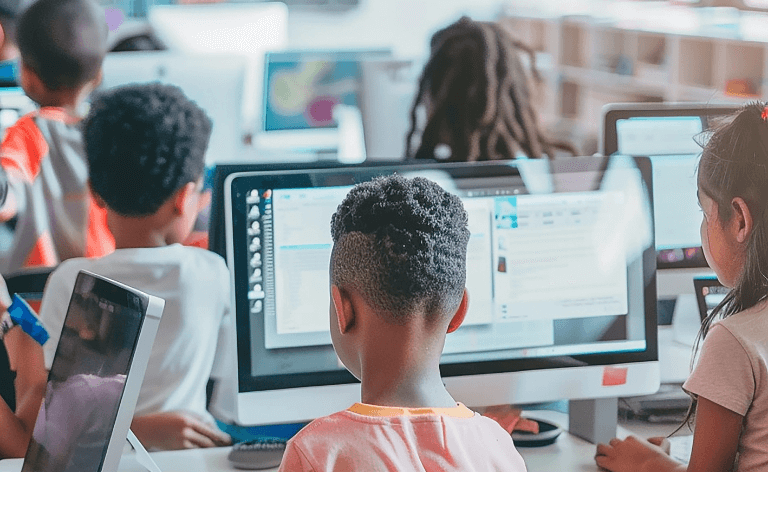- Keynotes
- Book one of Kim’s highly motivational and thought-provoking keynotes for your next in-person or virtual event.
-
- Online Courses
-
- Live-Virtual Workshops
-
Full Day Workshop
TBA
Full Day Workshop
Jul 9
Full Day Workshop
Jul 10
Full Day Workshop
Jul 14
Full Day Workshop
Jul 17
2-Day Workshop
Sept 14 & 21
2-Day Workshop
Sept 17 & 24
4-Day Workshop
Oct 30, Nov 6, 13, & 20
-
- On-Site Training
-
- School Consulting
- Tailored onsite or virtual coaching that has proven results.
-
- Teach Happy Book













